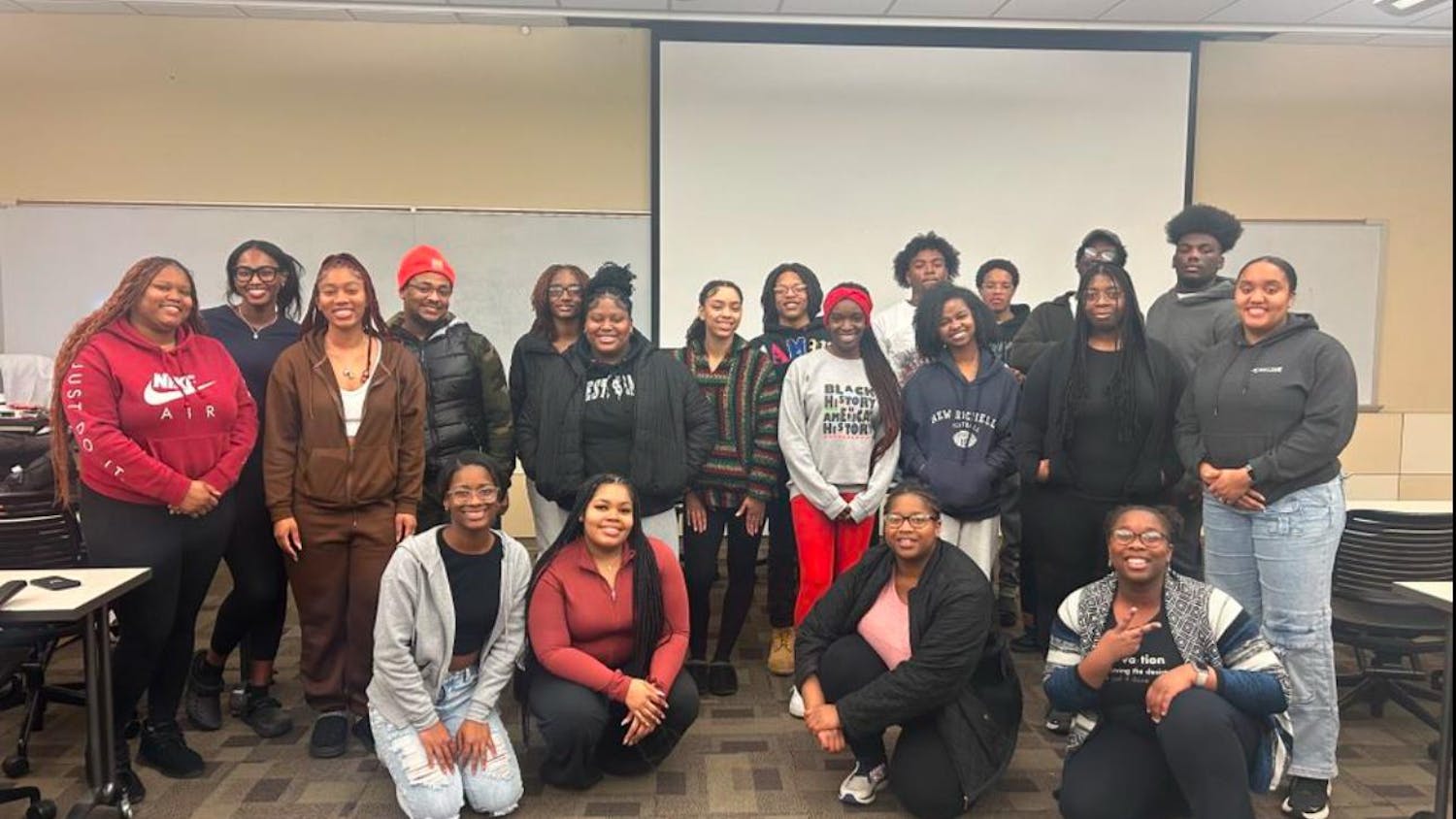WSU's Anatomical Gift Program was started in 1975.
Since its humble beginnings nearly four decades ago, the program has grown to over 22,000 registered donors, with about half that number still alive and kicking. In fact, the number of donors has grown so much in recent years that the program has had to suspend new registrations, according to Director Dan Miska.
"It will eventually be reopened," Miska said. "It will probably be at least three years, but I don't know for sure."
The donors are used to teach human anatomy to students, practice surgical and emergency medical techniques and further our understanding of the human body, according to Miska.
"Our donors are used for anything that can help the medical profession," Miska said. "They're used for a variety of research, medical, and educational purposes."
Another way in which donated bodies are used at WSU is the Cadaver Anatomy Procedure (CAP) Lab. Started in 2006, these daylong seminars provide "hands-on experience" to emergency medical services (EMS) personnel "who want to learn more about human anatomy and basic and advanced procedures used in EMS," according to the Boonshoft School of Medicine Department of Emergency Medicine website.
Respect for the donors is paramount, according to Olivia Booher, a laboratory assistant to Miska.
"All the donors are treated with respect and that's even employed and enforced when we get into that classroom," Booher said. "I can remember our graduate teaching assistant saying 'please before we show you these cadavers for the first time, please remember that these are people, real people with loved ones... You have loved ones. If they donated their body, how would you want them to be treated?'"
Many students are uncomfortable working with the donated bodies at first, according to Miska.
"As they start working with the donors and realize how much they're learning, their comfort level increases," Miska said. "If students are still having a hard time with it, we emphasize that the donors donated their body so that they can learn. Once you explain how helpful it is and how proud the donors are to do this, it usually makes the student more comfortable."












